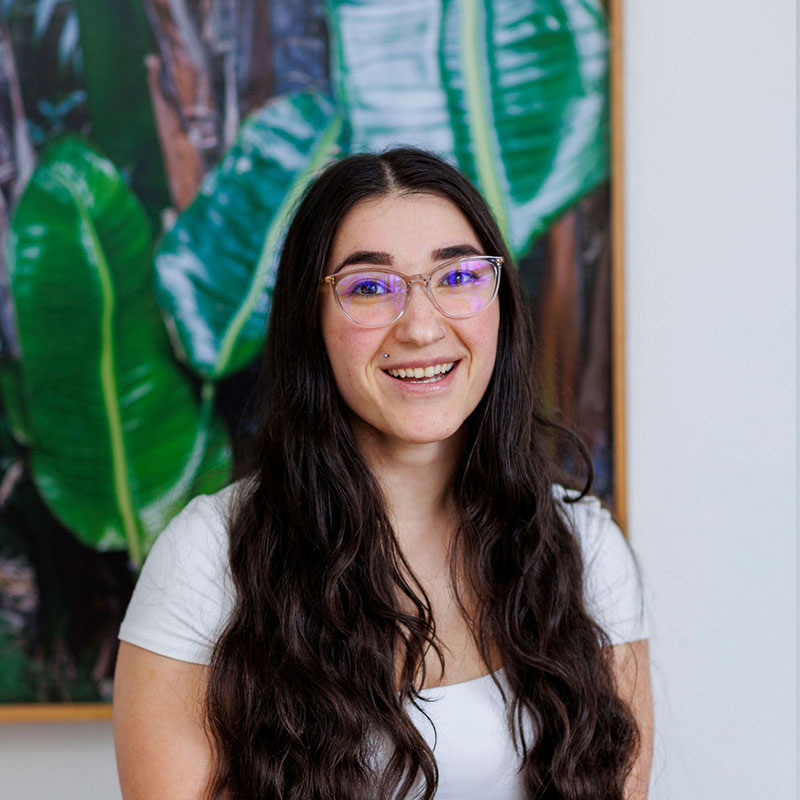Phases of the Menstrual Cycle Part 3: The Luteal Phase
We’ve been talking about the phases of the cycle on here. We’ve touched on menstruation, the follicular phase and ovulation, now last but not least, is the Luteal.
Now this phase of our cycle can certainly be the cause of lots of anguish for everyone involved. But, it doesn’t have to be this way.
As our body is preparing itself for a baby, you might notice an increase in:
- tiredness
- hunger
- breast tenderness
- mood swings
- and all the other fun things that come with hormone changes during this time
How long should it be?
The luteal phase includes several important events that prepare the body for pregnancy. Let’s take a closer look at what happens during this phase and what a short or long phase means.
The luteal phase is the second half of your menstrual cycle. It starts after ovulation and ends with the first day of your period. Normally, the it can last anywhere from 11 to 17 days.
Too Short?
Your luteal phase is considered to be short if you get your period 10 days or less after you ovulate.
A short phase doesn’t give the uterine lining a chance to grow and develop enough to support a growing baby. As a result, it can be harder to get pregnant or it might take you longer to conceive.
Too Long?
A long phase, on the other hand, may be due to a hormone imbalance like PCOS. (Or, that you’re pregnant and you just haven’t realised it yet).
The easiest and most accurate way to tune in to your cycle is to start tracking your Basal Body Temperature (BBT).
Our practitioners can work with you to help you understand your body and its changes throughout the phases. Whether you’re trying to conceive or just wanting to improve your cycles.
- Liah





